Electrical Engineers, technicians and technologists in the industrial, consulting, and utility fields involved in design, operation and maintenance who require knowledge of electrical system protection techniques.

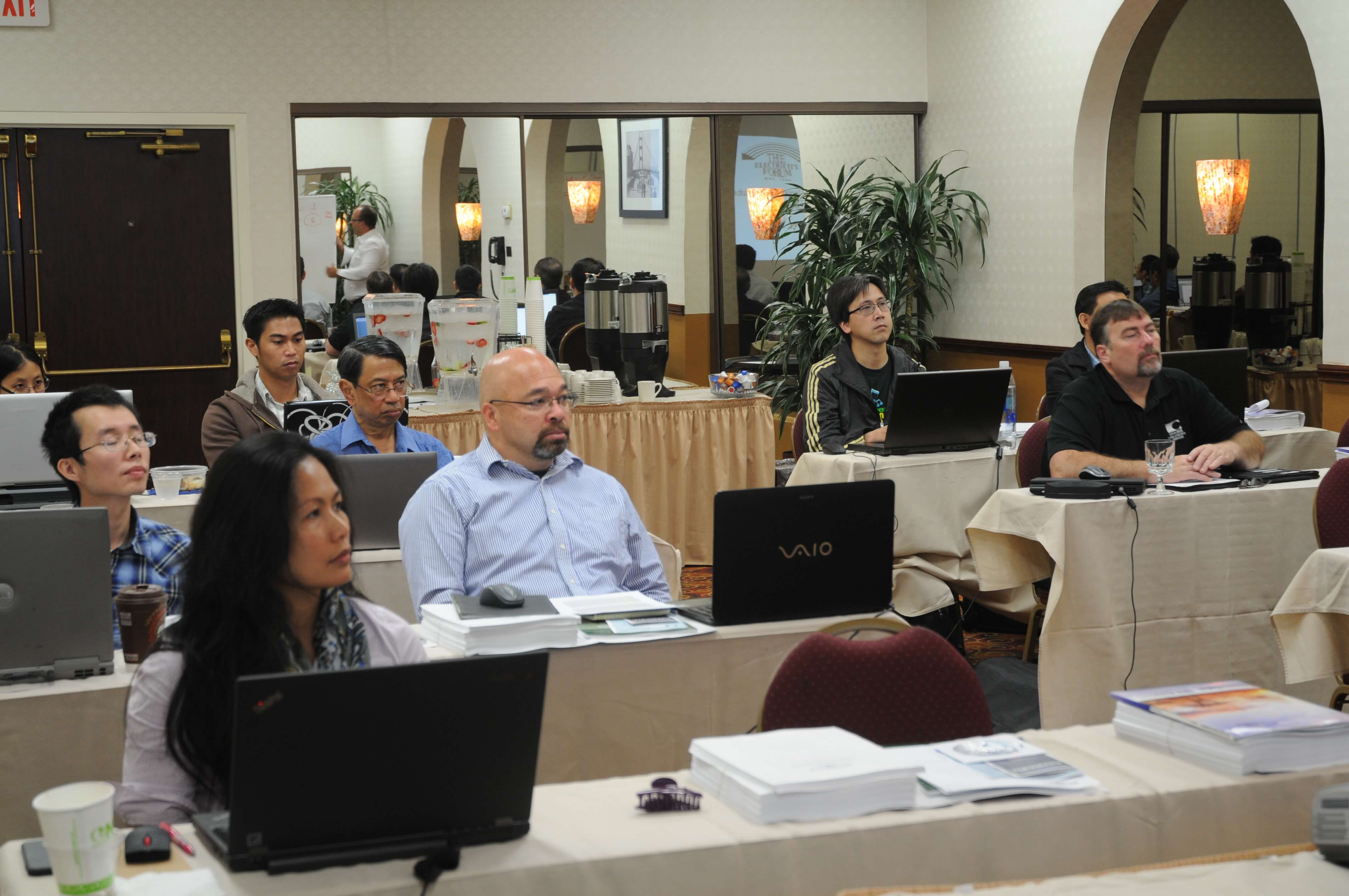

$349 (with coupon: save $50)
The registration fee for this course is $399.
Register 3 delegates at full price $399, and get a 4th registration FREE!
Power System Fundamentals Training - This 6-Hour Live Online instructor-led course is designed for electrical power engineers working in industrial, commercial and institutional power systems.
This course is a companion to our other two power system engineering courses
Short Circuit Study & Protective Device Coordination
www.electricityforum.com/electrical-training/short-circuit-study-training
and
Arc Flash Analysis/Study Training
www.electricityforum.com/electrical-training/arc-flash-analysis-training
The best distribution system is one that is economical and adequate for present and future loads. The electrical system receives power from one or more sources and supplies power to different loads in the system. Due to the importance of distribution system to the operation of any facility, it is most essential that the best system be designed and installed.
Our Power System Fundamentals live online instructor-led course starts with sound design. A proper functioning electric power distribution system is vital to safety, maintenance, troubleshooting and the efficient operation of a modern industrial and commercial facility. The power distribution system includes high voltage utility tie circuit breakers, main transformers, medium voltage switchgear, distribution transformers, motor control centers, electric motors, variable speed drives, etc. This Power System Analysis Training Course is designed to address all aspects of industrial power distribution systems, including system planning, equipment selection, specification and application, system grounding, protection and conformity with electrical code requirements, etc. Typical one-line will be discussed for various applications.
COURSE OBJECTIVES
Learn industrial power systems design principals, planning and analysis. This Power System Fundamentals live online course is designed for electrical power engineers to review, reinforce and refresh their knowledge of power system design, operation and troubleshooting.
Advance your knowledge and skills in system planning, equipment selection, specification and application. Learn and understand important aspects of power distribution system design steps. Improve your knowledge of how to operate your industrial power system efficiently, securely and safely.
Our Power System Fundamentals live online course Will Teach Students How To:

Electrical Engineers, technicians and technologists in the industrial, consulting, and utility fields involved in design, operation and maintenance who require knowledge of electrical system protection techniques.
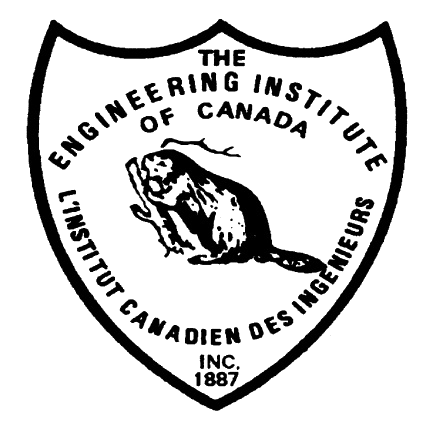
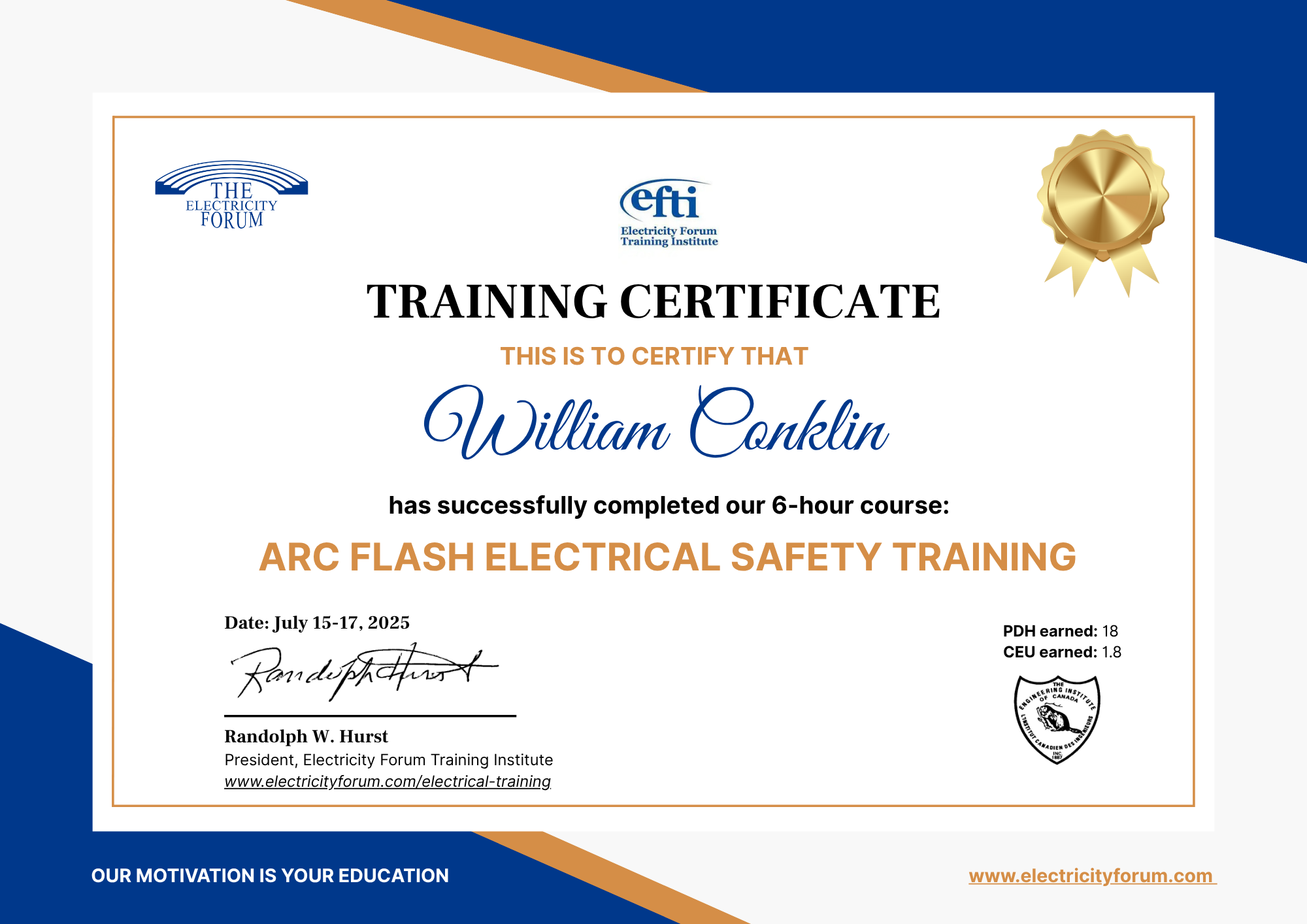
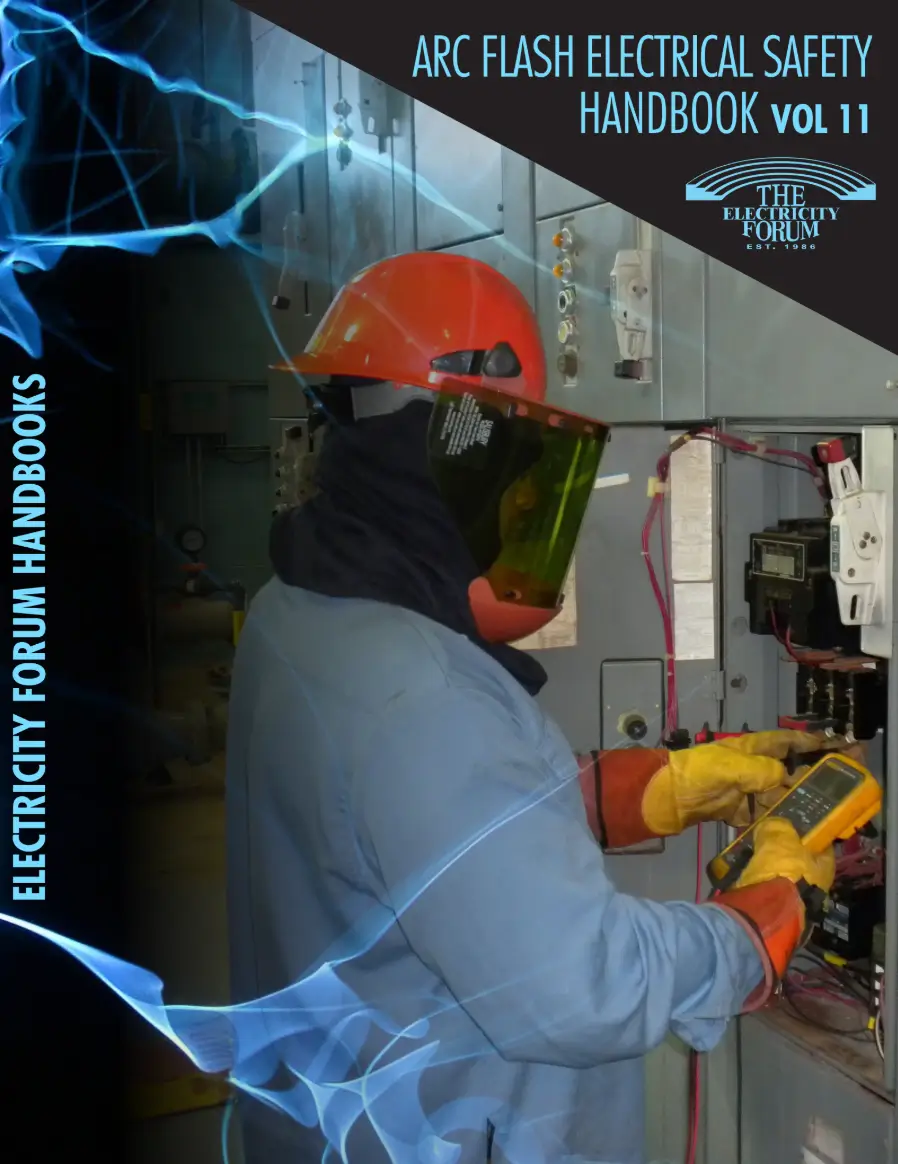
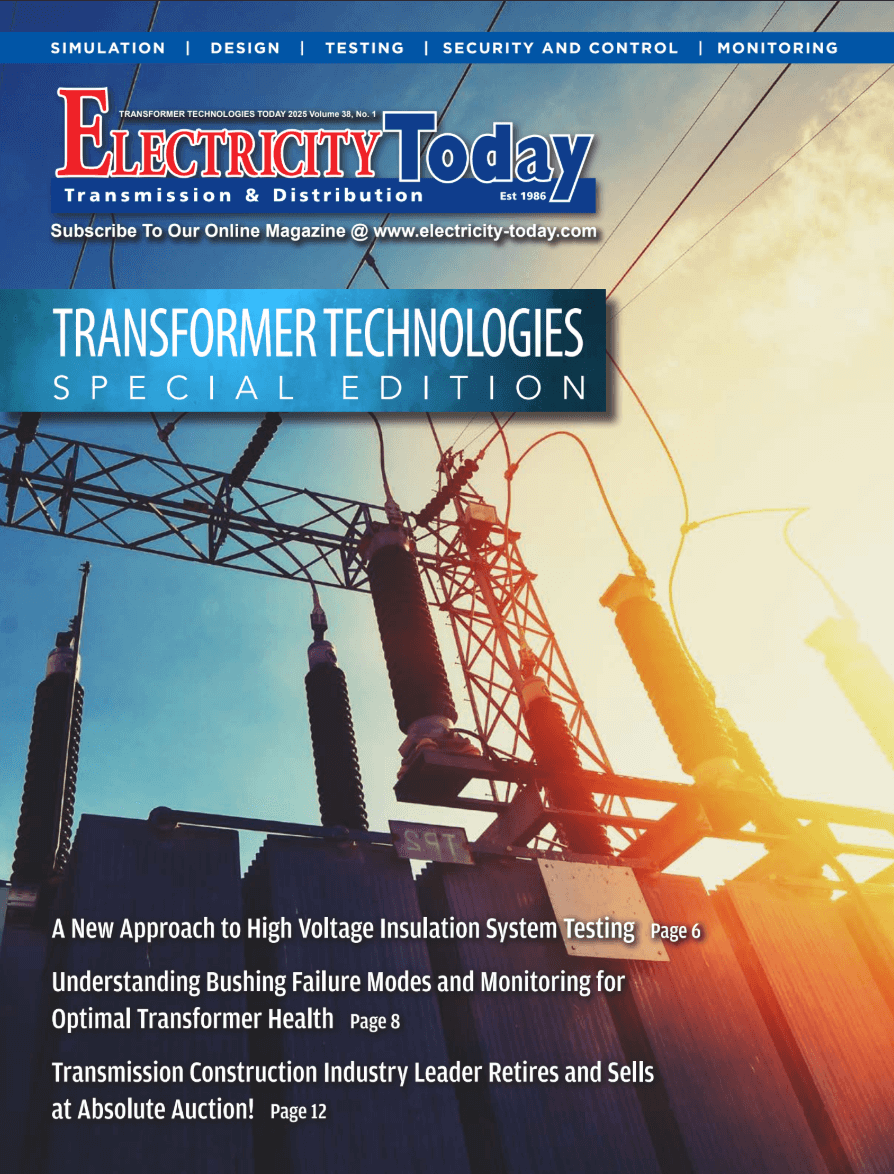

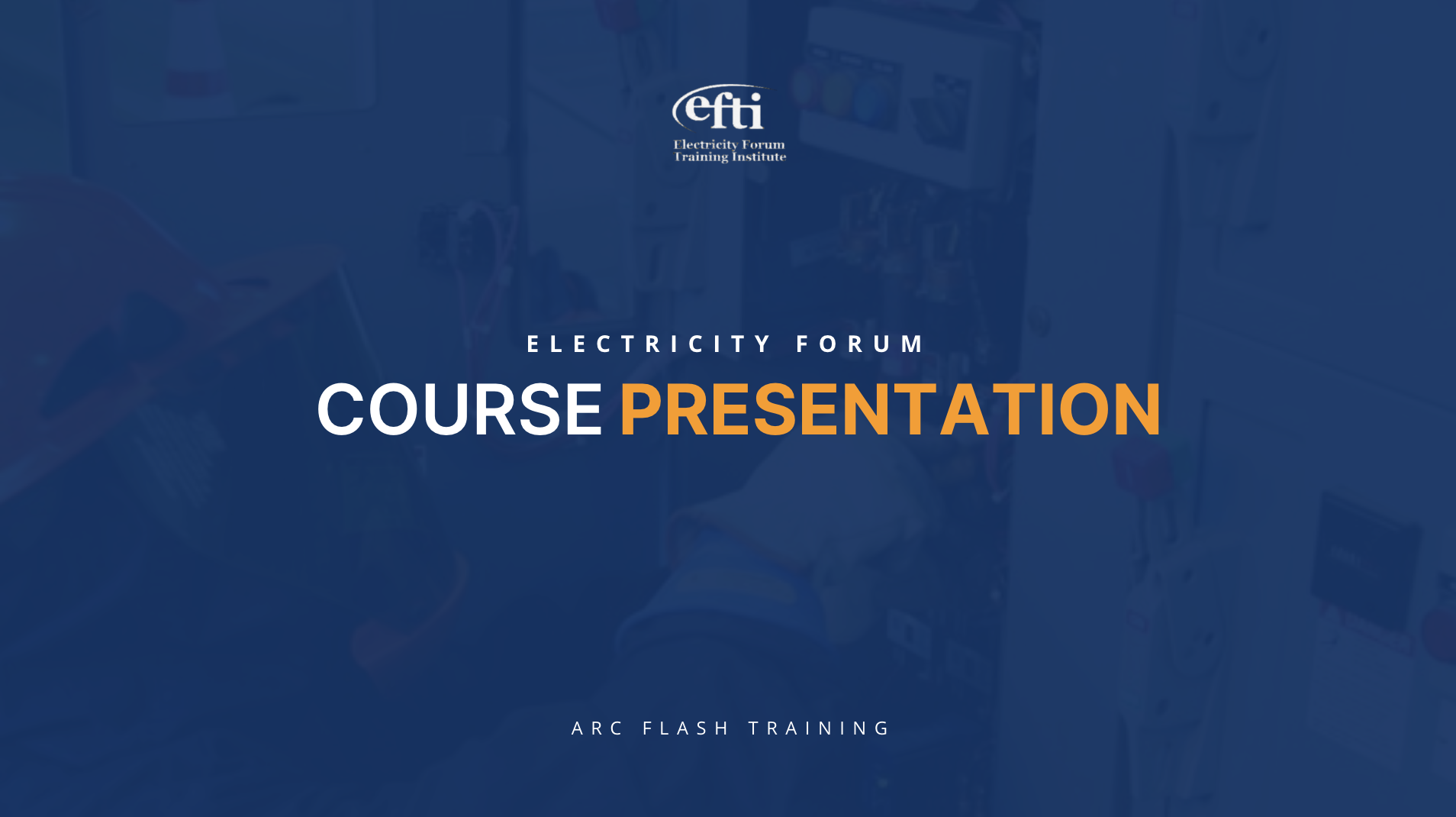
Power System Fundamentals Online Course Outline
Introduction to Industrial and Commercial Power Systems
Elements of Industrial Power System
Equipment Selection:
Power Substation Configuration
Voltage Considerations
Power factor considerations
Grounding
Application of power system Analysis
COURSE SCHEDULE:
Start: 10 a.m. Eastern Time
Finish: 4:30 p.m. Eastern Time

The registration fee for this course is $399.






Fill out the form below with your name and email address.
Check your email for a message with a link to your $50 discount coupon.
Use the coupon code when you sign up for the Advanced Electrical Safety Training course to save $50 off the regular price.

Register 3 delegates at the full price of $249 each and get the 4th registration free! Perfect for companies, safety departments, and teams looking to train multiple employees at once.

Whether you choose live online or in-person instruction, our electrical training can be customized to your needs and delivered to your team at one or multiple locations.
Our instructors will work with you to assess your team's skills and tailor the training to match your requirements.
Complete this handy form and I will send you a FREE written Quotation on any electrical training you need! Or send me an email and I will contact you to discuss your electrical training requirements Today!
Explore 50+ live, expert-led electrical training courses – interactive, flexible, CEU-certified.
Download Catalog
Get detailed information about this course in our comprehensive brochure.
Download Brochure (PDF)Fill out the form below with your name and email address.
Check your email for a message with a link to your $50 discount coupon.
Use the coupon code when you sign up for the Advanced Electrical Safety Training course to save $50 off the regular price.

Register 3 delegates at the full price of $249 each and get the 4th registration free! Perfect for companies, safety departments, and teams looking to train multiple employees at once.
Explore our comprehensive training programs and find the perfect course for your professional development.
